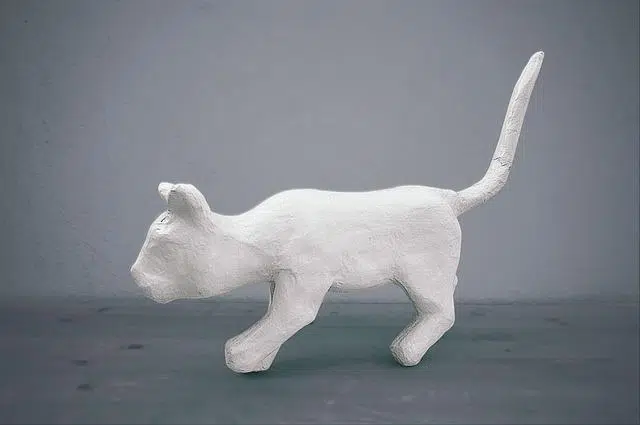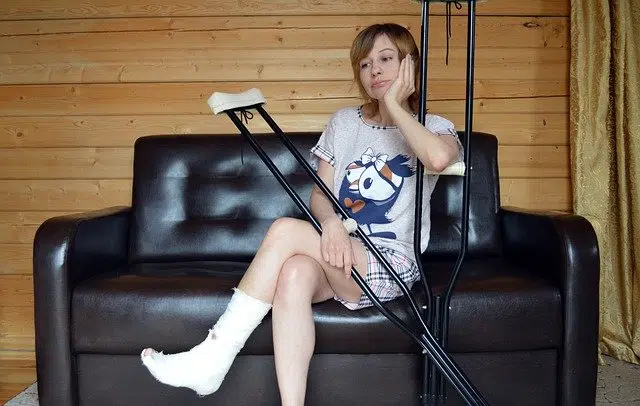
Molds can be made with plaster.
The Italian term scagliuola came into our language as escagliola . The first meaning that appears in the dictionary of the Royal Spanish Academy ( RAE ) refers to a type of plaster that is used in medicine and construction.
Before moving forward, it is important to mention that hydrated calcium sulfate is called gypsum . The characteristic property of this material is that, combined with water, it hardens very quickly.
Returning to the idea of plaster, it is a fine-grained plaster that is distinguished by its aljez purity. Aljez, meanwhile, is the mineral that is composed of hydrated calcium sulfate.
Characteristics of plaster
A purity of more than 90% aljez in its composition and a granulometry that stands out for its fineness are the main features of the plaster. In any case, it is important to point out that industrially there is usually no distinction between plaster and gypsum.
After setting, the plaster has a majority percentage of calcium sulfate dihydrate . Other components are anihydrite and calcium sulfate hemihydrate .
Uses in construction and art
Prefabricated pieces are produced with plaster that are used in different ways in architecture and decoration . There are columns, partitions, capitals, ceilings, eaves, cornices, balusters and plaster moldings, for example.
Plaster is also used to create molds that allow sculptures to be reproduced. The ease of molding and the hardness obtained are two advantages that this material provides.

The hardened bandage that allows the immobilization of an area of the body is called a cast.
Plaster in medicine
In the field of health , a cast is a bandage that makes it possible to immobilize a body area . This bandage hardens precisely due to the use of plaster.
It should be remembered that bandages are ligatures made with canvas. With the cast, an injured part of the body is prevented from moving, thus facilitating its healing.
It can be said that plaster, in this framework, is a fabric covered with plaster . By hardening, the injured or broken bone is immobilized.
What the cast does is keep the bone in place, promoting functional rest and consolidation. It also helps reduce or avoid contracture of the muscles in the region.
A habitual action
Making this type of bandages is common in medicine . The action that consists of hardening a bandage with plaster is called casting .
Casting, in short, hardens a bandage that aims to keep a dislocated or broken bone in the proper position. This technique is key in the correction of different types of traumatic injuries.
The surname Escayola
It is interesting to note that Escayola is a surname whose origins date back to a noble family from Catalonia . According to experts in heraldry, several Plaster houses are recognized in Spanish territory.
Thus, hundreds of people carry the surname Escayola in Spain . Most of them are located in Barcelona .
